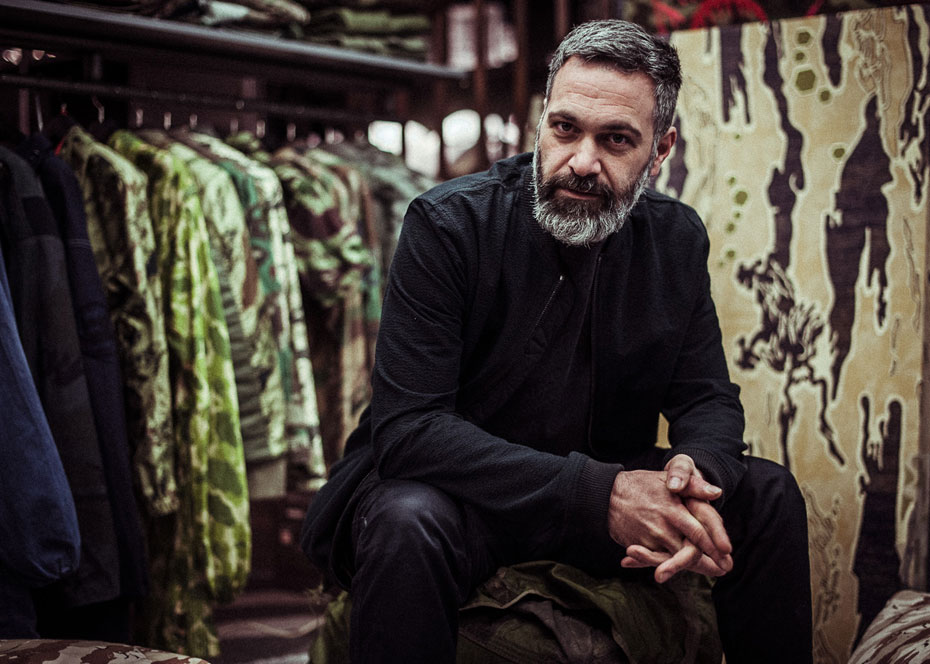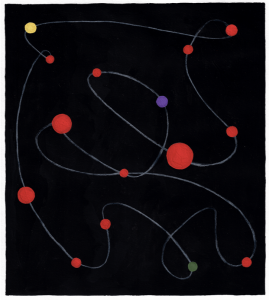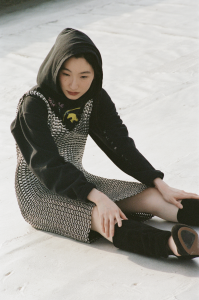- The Maharishi designer traces the pattern from natural science, via red coats fighting the Boer wars, to modern day battlefields

Interview David Hellqvist
Photography Morgan O’DonovanWhen I researched Disruptive Pattern Material, my book on the history of camouflage, it became absolutely clear to me that camo is not a military invention. It comes from the study of natural history, which long ago recognised and categorised camouflage techniques used in nature by animals. In 1909, naturalist painter Abbott Thayer published a book, showing that animals are able to hide against the background by adopting four or five basic camouflage techniques. In art, until the introduction of Cubism in the early 20th century, painters generally used realism; artists could depict landscapes or forests, but they couldn’t perceive an abstract rendition of nature as a pattern. Thayer’s work made us realise that an abstract rendition of nature could be manmade. When artists started practising this art form, they were recruited by the military and told to paint camouflage patterns for them. So the research for DPM really shows that camouflage has been hijacked by the military, taken from artists and scientists.
But how and why was camo developed? Going back in time, for soldiers in the English army, red was the preferred uniform colour. In society, it was reserved for the upper class; poor people couldn’t afford to dye their clothes. This was a time when most ‘ordinary’ people were growing hemp in their back garden, wetting it and weaving it themselves and making heir own sack like cloth in natural colour.

- Then suddenly a guy walks down the road in bright red: ‘Wow, what a guy! What a hero!’ And outside of the upper classes, the military were the only people able to wear red. So, for a poor person, the army allure was strong; not only would you be well paid, you’d also get to wear this fabulous coat in a bright red. The military used the red coat, white trousers and black boots formula as recruitment for years.For the military, camouflage became important when long-range weaponry was developed. Before that, there was no need for it, but in the South African Boer wars, at the end of the 19th century, English soldiers wearing red suddenly got shot at more and more. Out of survival instinct they developed khaki – basically by dipping their red coats in tea or staining with them with dirt, anything to subdue their uniform because they were getting picked out due to the bright red.
“In the South African Boer wars…English soldiers wearing red suddenly got shot at more and more. Out of survival instinct they developed khaki”
The first proper uniforms to come out after that were the grey uniforms in Germany, olive drab uniforms in the United States and khaki-sand uniforms in England. Often uniform developments are based on who we happen to be at war with at the moment – if we bring it right up to today, we now have an army pattern both the English and Americans wear, it’s the same uniform because we know where the fight is, we are only going to be fighting in the desert because that’s our target, so let’s not pretend that we are going to go and have a fight in a jungle anywhere or in the snow anywhere. There is only one uniform right now, they claim it’s “all terrain”, but to me it looks like a desert pattern and, funnily enough, it’s been like that since 1991.For army uniforms it all started getting interesting in 1929 the Italians invented the process of being able to print on fabric in multiple colours. And once again, after the red uniform colour had been discontinued, there was an opportunity for soldiers to feel special again, and that was a cool and that lasted a long time. It lasted until about 15 years ago when suddenly the military dumped so much surplus camo on the market that it got saturated. That’s when I got involved and camo started inspiring my work with Maharishi, and I began to reference it. Suddenly, camouflage became so popular within the civilian realm that soldiers once again weren’t feeling that special. It got to that point where we saw Osama Bin Laden on TV, filmed in some cave, and you say: ‘Isn’t that a US army jacket?’ ‘Yeah, in woodland camouflage’ and I’m like: ‘You fucking idiots sold it to him in one of your surplus store!’
Disruptive Pattern Material by Hardy Blechman is available to buy now
Subscribe to Port Magazine annually and receive each issue to your door.
Get PORT in print



